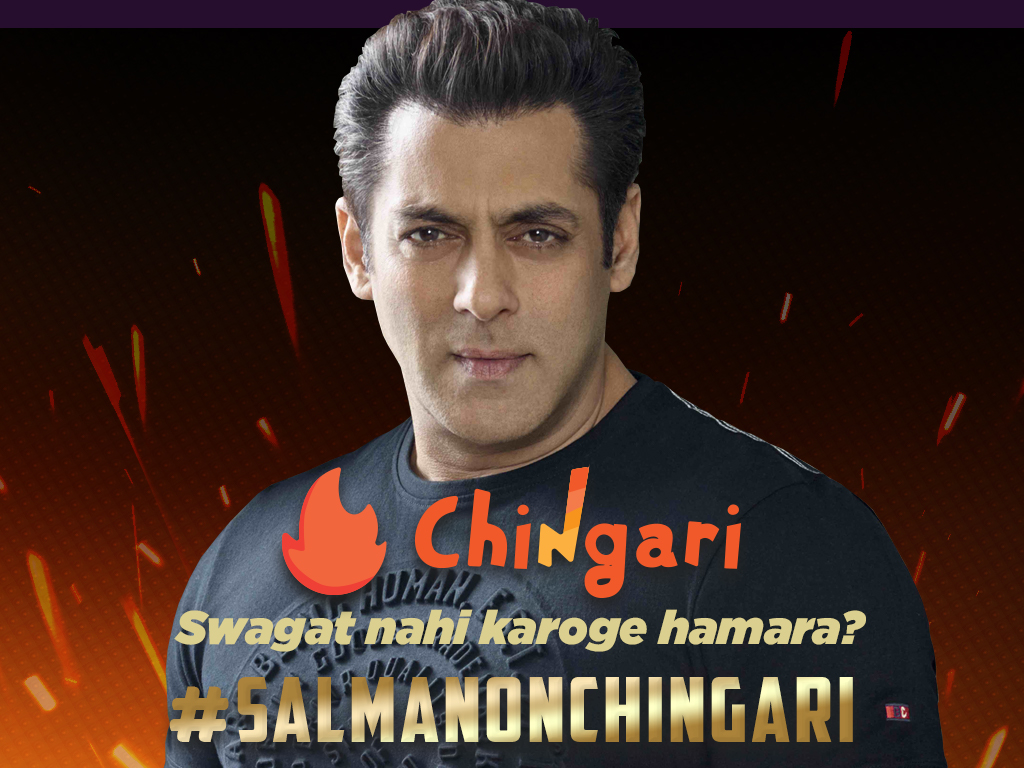HYDERABAD: Short video sharing platform, Chingari, has been in the news after Chinese app TiKTok was banned in India.
The local app won the #AatmaNirbharApp Challenge organised by the central government and was adjudged the best app in the social media category.
Incidentally, the app has seen the highest number of downloads — 5.1 million — from Hyderabad. It has been downloaded 26 million times in total, and there are almost three million active users daily, claims the company.
When asked about the reason behind the high number of users from the city, Sumit Ghosh, the co-founder of the app, says: “The option of creating content in 11 languages in our app has been a huge draw for vernacular users. I feel that the number of downloads soared when they found that they could express themselves in Telugu.” In this app, users get the option to select a song, lip-sync, dance, give voice-over to movie scenes, comic dialogues, and create videos to a clip of that song.
It has in-built filters also which create visual effects for videos. Talking about the most popular feature of the app, Sumit said: “Users love our Augmented Reality (AR) filters. Our camera, which was built inhouse, is our USP. It gives us an edge over our competitors who source their cameras from outside.” Another unique feature of the app is that users can watch news on the app.
Chingari was built in 2018, but TikTok was the go-to short video platform for millions till it was banned. Explaining why the app could not shoot into limelight earlier, the co-founder said: “We did not have the kind of funding that TiKToK had, and hence could not spend much on marketing. Recently, we received seed funding of $1.3 million from AngelList, LogX Ventures, iSeed, Village Global and others.
We have now re-designed and re-branded our app.” It was created by Sumit Ghosh and Biswatma Nayak as an app that would reach tier 1, 2, 3 cities in India — the real ‘Bharat’. “You hardly find people from small towns and villages on popular apps like Instagram. This was the time unlimited 4G data usage was increasing. We wanted our app to reach these consumers.”

